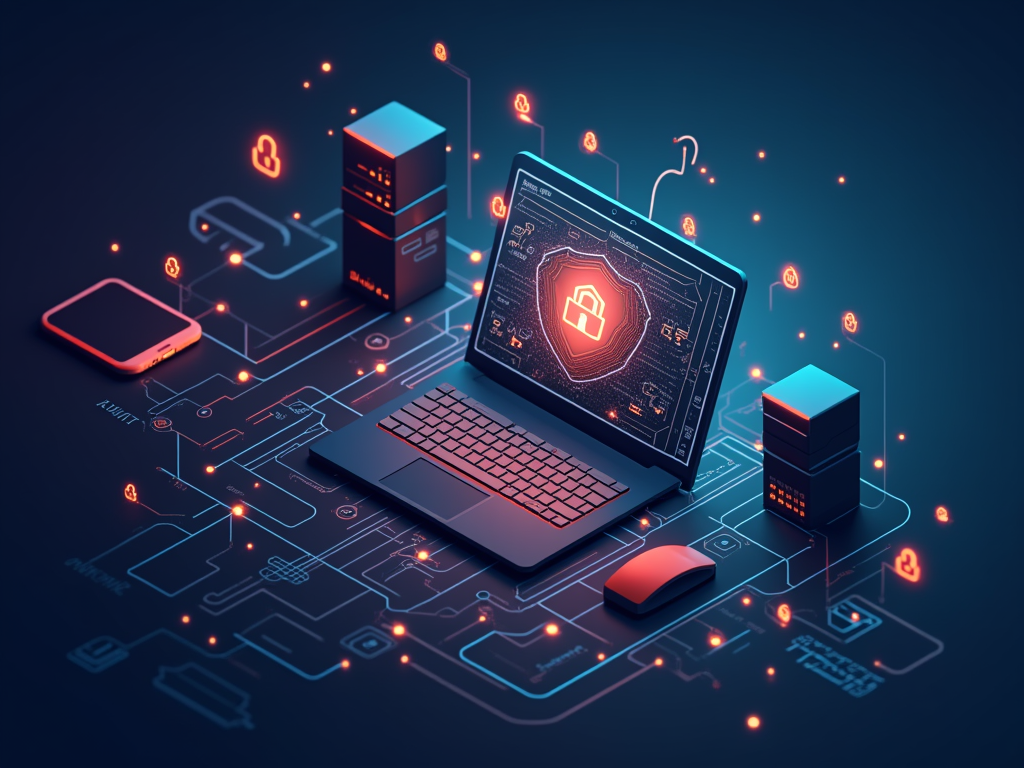Understanding the Role of Threat Hunters in Corporate Cybersecurity
As cybersecurity threats continue to evolve and become more sophisticated, corporations are recognizing the importance of having skilled threat hunters on their teams. In this article, we’ll delve into the role of threat hunters in corporate cybersecurity, exploring what they do, why they’re essential, and how you can integrate them into your organization.
What is a Threat Hunter?
A threat hunter is a security professional who specializes in proactively identifying and analyzing potential threats to an organization’s networks, systems, and data. They’re often referred to as “red teamers” because they adopt the mindset of an attacker, using various techniques and tools to simulate real-world attacks.
Threat hunters use their knowledge of attackers’ tactics, techniques, and procedures (TTPs) to identify vulnerabilities and weaknesses in an organization’s defenses. They’re trained to think like an attacker, anticipating and preparing for potential threats before they materialize.
Why are Threat Hunters Essential?
In today’s digital landscape, corporations face a constant barrage of cyber threats from nation-state actors, organized crime groups, and individual hackers. Traditional security measures, such as firewalls and intrusion detection systems (IDS), can detect some attacks, but they’re not always effective in identifying the most sophisticated threats.
Threat hunters fill this gap by providing an additional layer of defense that’s designed to catch even the most advanced attacks. By proactively identifying and analyzing potential threats, threat hunters enable organizations to:
- Improve incident response: Threat hunters help organizations develop a more effective incident response plan, reducing the time it takes to detect and contain attacks.
- Enhance security posture: By identifying vulnerabilities and weaknesses, threat hunters enable organizations to make targeted improvements to their security controls.
- Reduce risk: Proactive threat hunting reduces the risk of successful attacks, minimizing the impact on business operations.
How Do Threat Hunters Work?
Threat hunters typically work within an organization’s security operations center (SOC) or incident response team. Their workflow involves:
- Monitoring and Analysis: Threat hunters continuously monitor networks, systems, and logs for signs of suspicious activity.
- TTP Research: They research attackers’ TTPs to stay up-to-date on the latest tactics and techniques.
- Red Teaming: Threat hunters simulate attacks against their organization’s defenses, using various tools and techniques to test vulnerabilities and weaknesses.
- Reporting and Remediation: After identifying potential threats, threat hunters report their findings to stakeholders and work with incident response teams to remediate the issues.
Integrating Threat Hunters into Your Organization
If you’re considering integrating threat hunters into your corporate cybersecurity team, here are some key steps to take:
- Assess Your Organization’s Needs: Determine what areas of your organization would benefit most from a threat hunter’s expertise.
- Develop a Threat Hunting Program: Establish a program that outlines the roles and responsibilities of threat hunters, as well as their training and resources.
- Hire or Partner with a Threat Hunter: If you don’t have in-house talent, consider hiring an experienced threat hunter or partnering with a managed security service provider (MSSP) that offers threat hunting services.
- Provide Ongoing Training and Support: Ensure your threat hunters receive regular training and support to stay current with the latest threats and tactics.
Conclusion
Threat hunters are an essential component of any corporate cybersecurity strategy. By proactively identifying and analyzing potential threats, they help organizations improve incident response, enhance their security posture, and reduce risk. As cyber threats continue to evolve, corporations must prioritize threat hunting as a critical part of their overall cybersecurity efforts.



